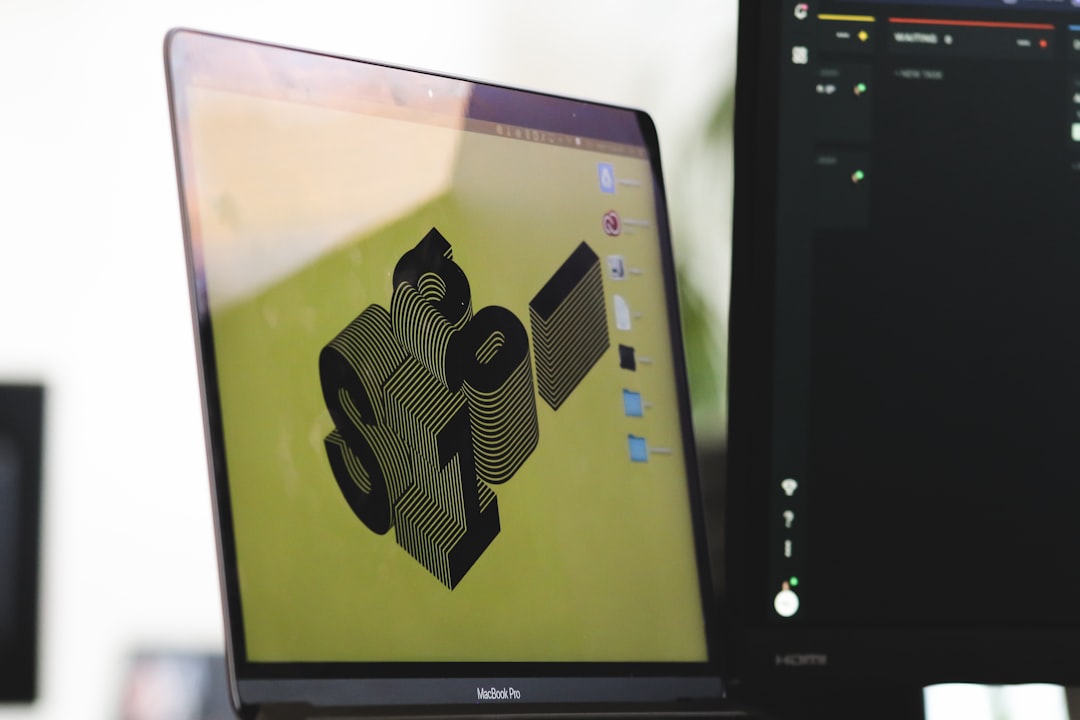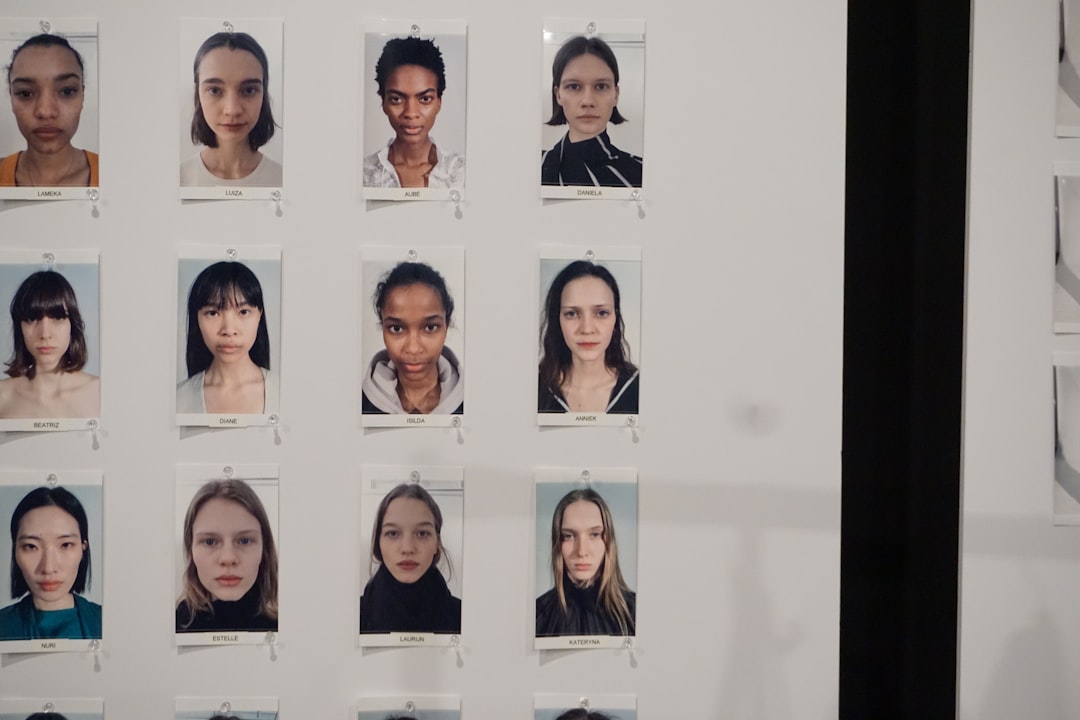In recent years, artificial intelligence (AI) has profoundly transformed many industries, and the world of video production is no exception. From blockbuster movie studios to independent content creators on YouTube, AI is reshaping how videos are recorded, edited, and delivered. One of the most compelling fields where AI is making a significant impact is in video coding and editing. These applications improve efficiency, streamline workflows, and, most importantly, expand the creative possibilities for professionals and hobbyists alike.
What Does AI Bring to Video Coding and Editing?
AI-powered tools are revolutionizing traditional video practices by automating many of the time-consuming and technical aspects of production. These tools use advanced algorithms, often powered by deep learning and neural networks, to analyze visual content, predict optimal encoding parameters, detect scenes, and even help craft storytelling.
Below are some of the key ways AI is making its mark on video coding and editing:
1. Video Compression and Coding
One of the core challenges in video distribution is managing file sizes without compromising quality. AI is playing a major role in improving video encoding for more efficient compression.
- Content-aware encoding: AI algorithms analyze each frame to understand textures, colors, and repetitive elements. This insight allows for more aggressive compression where quality loss is imperceptible to the viewer.
- Adaptive bitrate streaming: AI dynamically adjusts video quality based on the viewer’s internet speed and device capabilities, providing smooth playback without buffering.
- AV1 and other codecs: Emerging video codecs, like AV1, leverage AI techniques to prioritize visual elements that matter to human perception, reducing unnecessary data processing.
These innovations allow platforms like YouTube, Netflix, and TikTok to deliver high-quality video with lower bandwidth usage, dramatically enhancing user experience.
2. Intelligent Scene Detection
Scene detection traditionally required hours of manual labor. Video editors had to go through footage shot-by-shot, making precise cuts and organizing scenes. AI now enables editors to focus more on creativity while algorithms handle repetitive tasks.
- Shot boundary detection: AI models can automatically locate where scenes begin and end based on changes in color, lighting, movement, and audio cues.
- Content tagging: Intelligent tagging helps editors find specific scenes quickly by identifying objects, people, environments, or even emotions in footage.
- Real-time analysis: Some systems provide real-time analysis of raw footage as it’s captured, allowing instant scene organization and better on-the-fly decision-making.
These features greatly reduce post-production time and give teams a structured, accurate foundation to build their narrative.
3. AI-Powered Video Retouching
AI is making video enhancement as easy as clicking a button. From color grading to noise reduction, many key editing functions benefit from AI optimizations.
- Auto color correction: AI tools learn the preferred aesthetic style and apply consistent color corrections across multiple clips.
- Smart upscaling: Deep learning models can convert SD or HD videos into higher-resolution formats (like 4K or 8K) by filling in missing visual details.
- Background replacement: AI simplifies the complex process of isolating subjects from their background, enabling green-screen effects without physical green screens.

Companies like Adobe and DaVinci Resolve have already integrated these features into their software, providing both amateur and professional creators with tools that were once only available in high-end production houses.
4. Automatic Subtitling and Translation
Subtitles and translations are crucial for making content accessible to global audiences. AI greatly enhances this process, offering real-time transcription and multilingual translation.
- Real-time speech-to-text: AI quickly generates subtitles by analyzing spoken content and converting it into time-synced text.
- Voice recognition: These systems can differentiate between multiple speakers, which improves subtitle clarity and accuracy.
- Auto-translation: AI tools translate spoken language into various languages instantly, drastically reducing the workload for global video dissemination.
This functionality is especially valuable for educators, influencers, and businesses producing multilingual content. The result is more inclusive and far-reaching messaging.
5. AI for Storyboarding and Creative Assistance
Beyond the technical, AI is also beginning to play a creative role. From crafting storylines to music selection, AI tools can support the artistic process in imaginative ways.
- Script-to-video suggestions: AI can read a script and suggest existing or AI-generated video clips that match the tone or subject matter.
- Music selection: Intelligent platforms analyze mood and pacing to recommend background music that fits the scene perfectly.
- Auto-generated rough cuts: Some platforms allow creators to upload raw footage, which AI then edits into a preliminary video according to genre or emotional guidelines.
This creative assistance doesn’t aim to replace human filmmakers but acts as a powerful collaborative partner, helping professionals push their creativity further and faster.
6. Facial Recognition and Deepfake Technologies
While controversial, facial recognition and deepfake technologies represent another dimension of AI in video editing, with both entertainment and practical applications.
- Facial tracking for VFX: AI enables realistic motion tracking for adding facial effects, enhancing virtual makeup, or even aging/de-aging actors in films.
- Lip-syncing and dubbing: AI can adjust mouth movements to match translated dialogue, offering a more natural viewing experience across different languages.
- Ethical deepfakes: Some studios explore deepfake tech to resurrect deceased actors or create digital duplicates, all with proper licensing and ethical oversight.

Though these technologies raise valid ethical concerns, responsible use by professionals in secure environments continues to unlock new storytelling potential that was once impossible or cost-prohibitive.
Industry Case Studies
Netflix and AI for Personalization
Netflix doesn’t just use AI for video compression. It also applies AI to optimize content delivery and personalization. By analyzing viewing habits, Netflix can determine optimal thumbnail imagery, language subtitles, and even performance grading across devices—all of which involve intricate video data processing enhanced by AI.
YouTube’s Smart Editing Tools
YouTube Studio has incorporated tools like auto-captioning, background blur, and even AI suggestions for uploading time based on viewer analytics. These features help creators focus less on technical hurdles and more on audience engagement.
Hollywood Studios
Major studios have begun adopting AI tools for pre-visualization, allowing them to plan complex scenes without arranging full sets. Also, AI assists with editing assistants during post-production to streamline cutting hundreds of hours of footage into trailers and promotional clips.
Conclusion
As AI continues to evolve, its integration into video coding and editing is becoming not just useful but essential. Whether you’re creating commercials, educational content, or cinema, AI enables greater efficiency, creativity, and accessibility. From improving compression techniques to suggesting music and dialogue edits, AI augments human capability across the entire video production pipeline.
While ethical considerations and data privacy remain ongoing discussions, the responsible use of AI promises a future where the boundaries of video storytelling continue to expand. Indeed, the next generation of directors, editors, and content creators may find their closest collaborator isn’t human—but artificial intelligence.



Leave a Reply